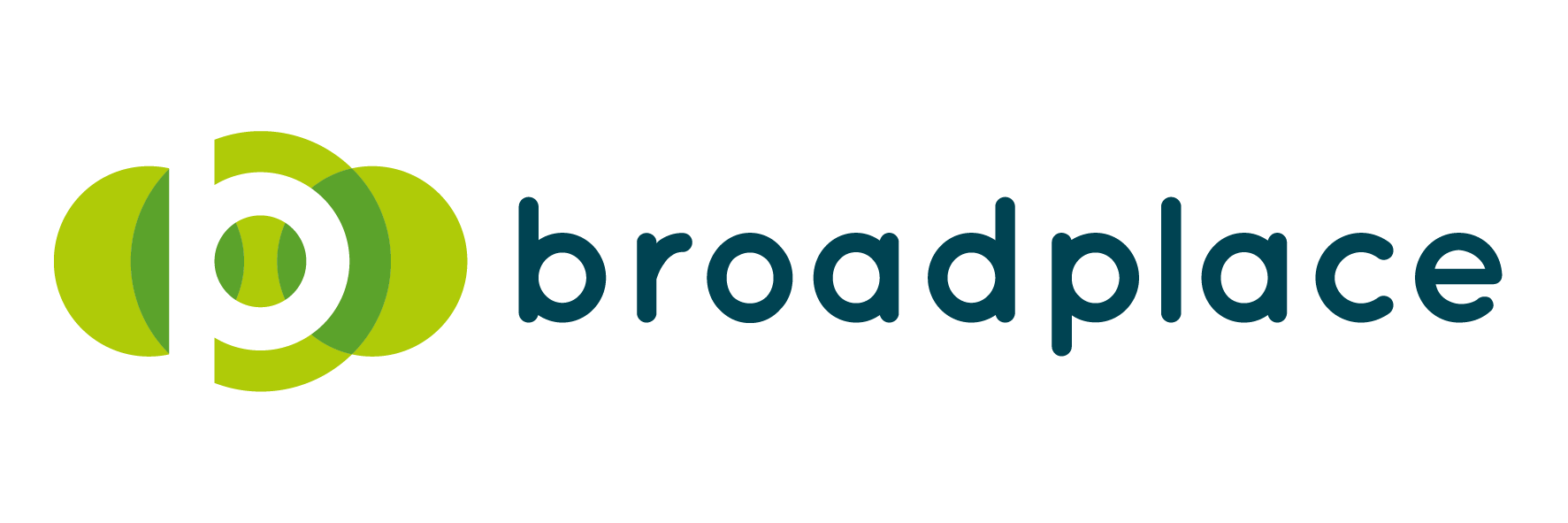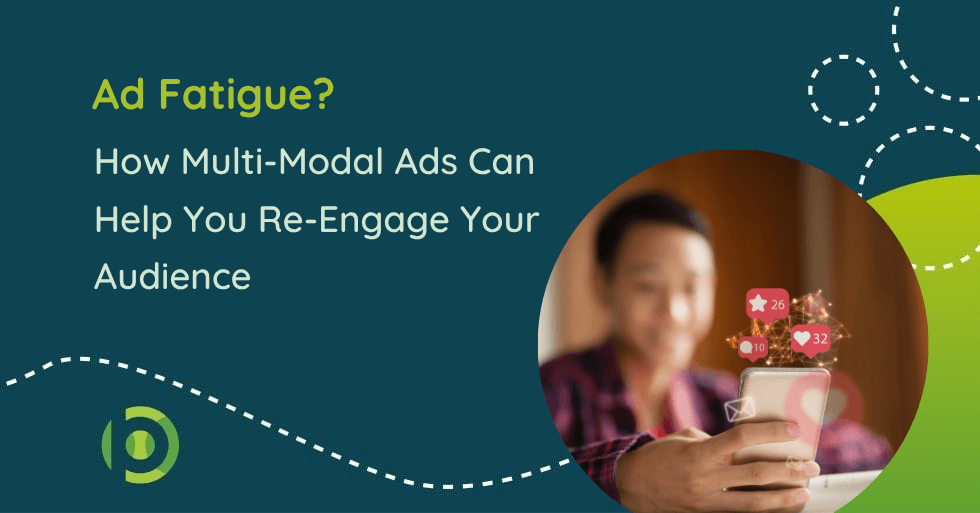You know the feeling, your campaign’s been running a few weeks, the click-through rate starts dipping, conversions stall, and the once “high-performing creative” just…flatlines.
Welcome to the frustrating but familiar world of ad fatigue.
It’s not you. It’s the way attention works now. With audiences bombarded by a constant stream of ads across platforms, attention spans are shorter and tolerance for repetition is at an all-time low. If you ads aren’t evolving, your audience is tuning out.
But here’s where it gets interesting. In 2025, the most effective brands aren’t just refreshing their ads, they’re reimagining how those ads show up, using what we now call multi-modal advertising.
So, What Exactly Are Multi-Modal Ads?
Multi-modal ads are campaigns that combine different types of media (think video, audio, imagery, text, even interactive elements) to create a richer, more flexible brand experience.
In 2025, this isn’t just about repurposing content across platforms. It’s about reimagining how your message comes to life depending on where and how someone’s seeing (or hearing ) it. That same campaign can:
- Show up as a short-form explainer video in Instagram Reels
- Play as a podcast ad during your audience’s commute
- Convert into a tappable visual carousel on LinkedIn
- Include an interactive quiz or product demo right inside the ad
- Use AI to personalise visuals or copy depending on the viewer
The idea isn’t more content, it’s better-distributed, better-adapted content that matches how people actually consume media today.
Why Multi-Modal Works in 2025
Consumers today don’t just scroll; they swipe, listen, tap, watch, and talk to their tech. Your audience is multi-sensory and multi-platform, so your ads need to be too.
Breaks the pattern
Switching up formats resets attention. That podcast ad hits differently than a TikTok video, even if the message is similar.
Example: Nike’s “You Can’t Stop Us” campaign uses split-screen video, narration, and tight music editing to hook viewers in emotional, visual, and auditory ways – making each mode of delivery feel fresh, even when it’s the same core story.
Engages different learning styles
Some people love visuals. Others are audio learners. Some want to interact. Multi-modal hits them all.
Example: Spotify’s Stranger Things playlist experience used audio + interactive UX + character-themed visuals, turning a basic streaming promotion into a personal, immersive encounter fans chose to engage with.
Feels fresh, not forced
People get bored fast. Multi-modal lets your message adapt, so it never feels stale.
Example: Apple’s “Shot on iPhone” campaign goes from high-res outdoor billboards to behind-the-scenes creator stories on Instagram, to YouTube photography breakdowns – all with the same message, but delivered in different tones, formats, and contexts.
AI makes it easier than ever
Tools like Adobe Firefly, Runway, and Meta’s Advantage+ can help you auto-generate variations across modes, fast.
and yes, even AR and voice are fair game.
Example: Lego’s Snapchat AR ads let users place and play with 3D Lego builds in their own space – turning the ad into a game. It’s still product marketing, but now it’s tactile. immersive, and shareable.
You Don’t Need a Big Budget to Do This
Thanks to new tools, multi-modal content creation isn’t just for enterprise brands with in-house studios anymore. AI can help you:
- Generate copy and headlines tailored to different formats
- Resize or redesign visuals to fit any platform
- Convert text content into short-form videos or voice clips
- Dynamically personalise ad content by location, audience, or behaviour
Example: Amazon’s 1950s-style pop-up for “The Marvelous Mrs. Maisel” blended physical retail with online storytelling and video content. Even if you didn’t visit in person, the digital extensions of the experience made it engaging from every angle.
If you’re still trying to push one piece of creative across every touchpoint, your campaign might already be losing steam.
The Bottom Line: Keep It Moving, Keep It Human
Ad fatigue is real – and unavoidable if your campaigns stay static. But multi-modal doesn’t mean complicated. It just means building your message to travel well across the way people actually engage in 2025.
By varying format, tone, and delivery – without losing your core message – you give your campaign the room to breathe, adapt, and re-engage. And right now, that adaptability is what separates the brands people scroll past from the ones they remember.
Need help planning a multi-modal strategy that doesn’t burn out your team – or your audience? We’re here for that. Whether you need creative direction, asset design, or just a plan that works across platforms, let’s make your next campaign one worth watching (and hearing, and tapping).

